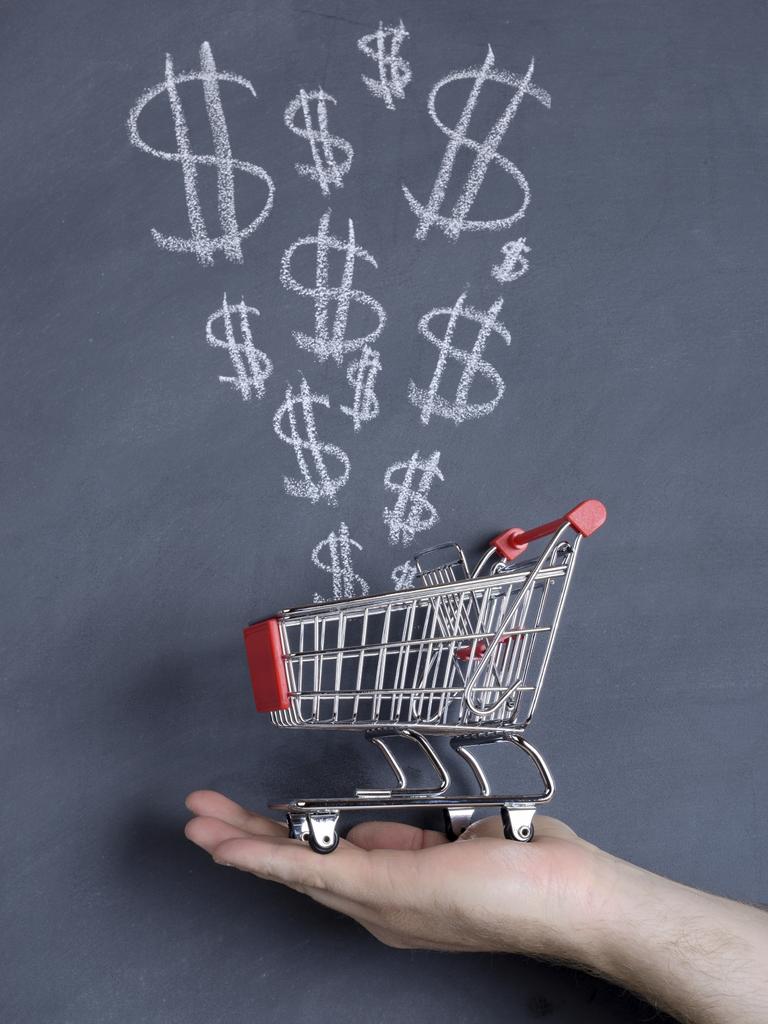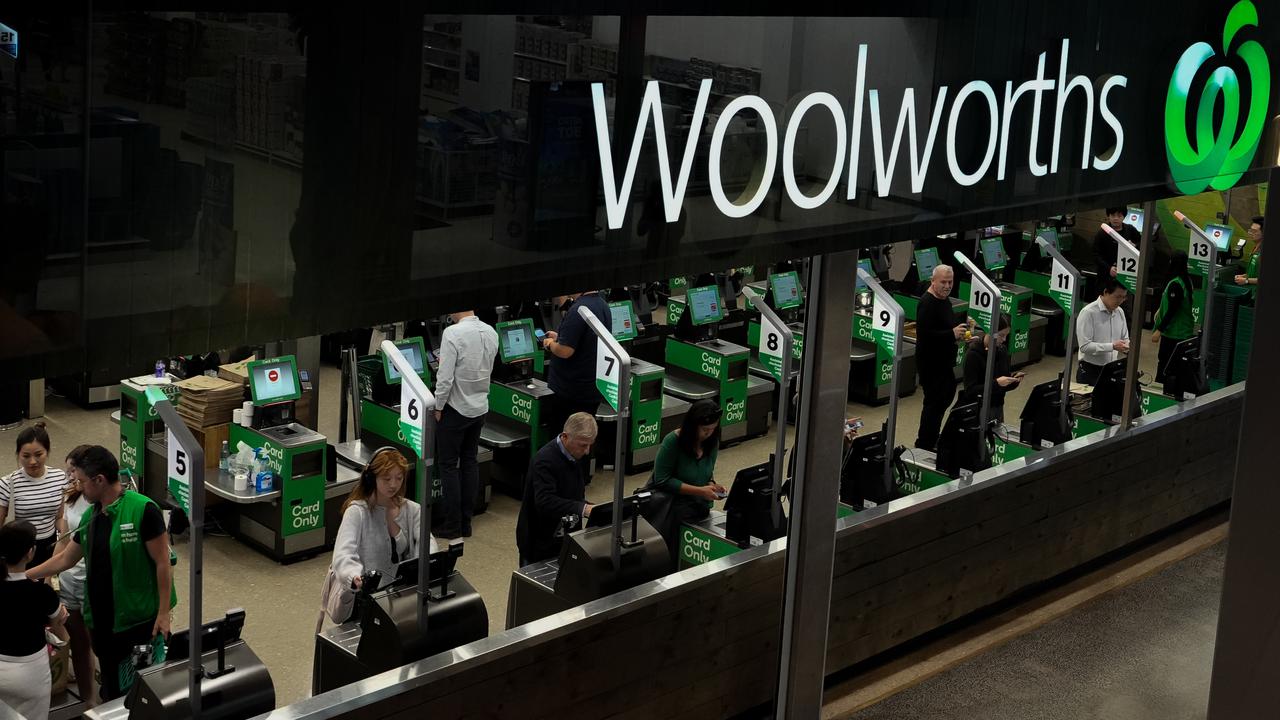Five tips to save money at the supermarket as price rises sting
Shopping hurts hip pockets more than ever but supermarkets are not price gouging. Here’s what you can do.
Our big supermarket companies such Woolworths and Coles have been unfairly accused of price gouging by an Albanese government wanting to look tough.
While shoppers may feel under attack at the checkout as they face ever-growing grocery bills, it is not price gouging, and a recent report by consumer watchdog the ACCC confirmed this.
I looked online for a dictionary definition of price gouging and found this: “the act of taking advantage of a situation in order to make a profit, usually by charging very high prices for things people need”.
Coles and Woolies make big profits, but they are not excessive when compared with their revenue or other big Aussie companies.

Last financial year Coles Group booked a $1.1bn net profit on $43.6bn of revenue, while Woolies had underlying net profit of $1.7bn on $67.9bn of revenue.
Other companies make much bigger profits that are a bigger proportion to their revenue. BHP booked a $US7.9bn annual profit on revenue of $US55.7bn, while the Commonwealth Bank earned $27.2bn of income and $9.8bn of net profit.
Grocery inflation has been painful for Aussies in recent years, combining with other soaring household costs including insurance, energy, rents and interest rates.
If you’re unhappy about the price you pay at supermarkets, you can do something about it. Try these five strategies that have worked for me.
1 BE A SHOPPING LIST NAZI
In my household I am – quite accurately – known as the shopping list Nazi, thanks to my demands that the items on the list must be written in the order that I walk past them in the supermarket aisle. If they list the washing powder below the bananas it’s “no lollies for you!”
Shopping with a list is a good way to save money, avoid impulse buying, and prevent yourself from ending up with 12 milk cartons because you always think you’re running low.
2 HEAD ONLINE
I’m old-school and like to physically visit supermarkets, despite always ending up with the loudest trolley, but several money experts have told me they always buy groceries online.
This, they say, means they are even less likely to buy chocolates and other impulse purchases at the checkout. They can check their spending as they go, get reminders based on regular purchases, enjoy free delivery and find specials quickly via online catalogues.

3 USE UNIT PRICING
The price of a product per unit of measure – such as per kg or 100ml – must be displayed on the supermarket shelf, and this is your ticket to working out whether a so-called special is really a bargain.
A product boasting a 20 or 30 per cent discount may still be more expensive per serve than buying the same item in bulk. Unit pricing will show you this.
4 SPOT SHRINKFLATION
I worry that Aussies have been inadvertently starving their pets because of shrinkflation – grocery manufactures shrinking the package sizes while keeping the prices the same. How many Fidos and Fluffys are now getting less than they were because Mum and Dad don’t realise that the packaging has shrunk?
Pet food products have been called out for shrinkflation, as have cereals, chocolates, chips and cleaning products. Be on your toes.
5 PAY HALF PRICE
There are apps and online platforms that can show you the weekly specials at major supermarkets, including those that are half price.
Non-perishable stuff can be bought and stored for months, so you should never have to pay full price for them.
More Coverage
Originally published as Five tips to save money at the supermarket as price rises sting




